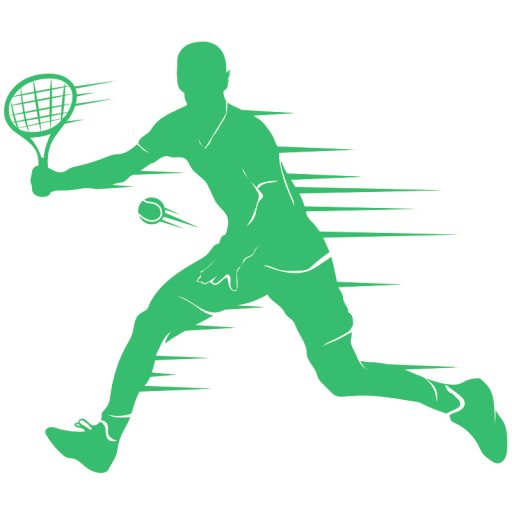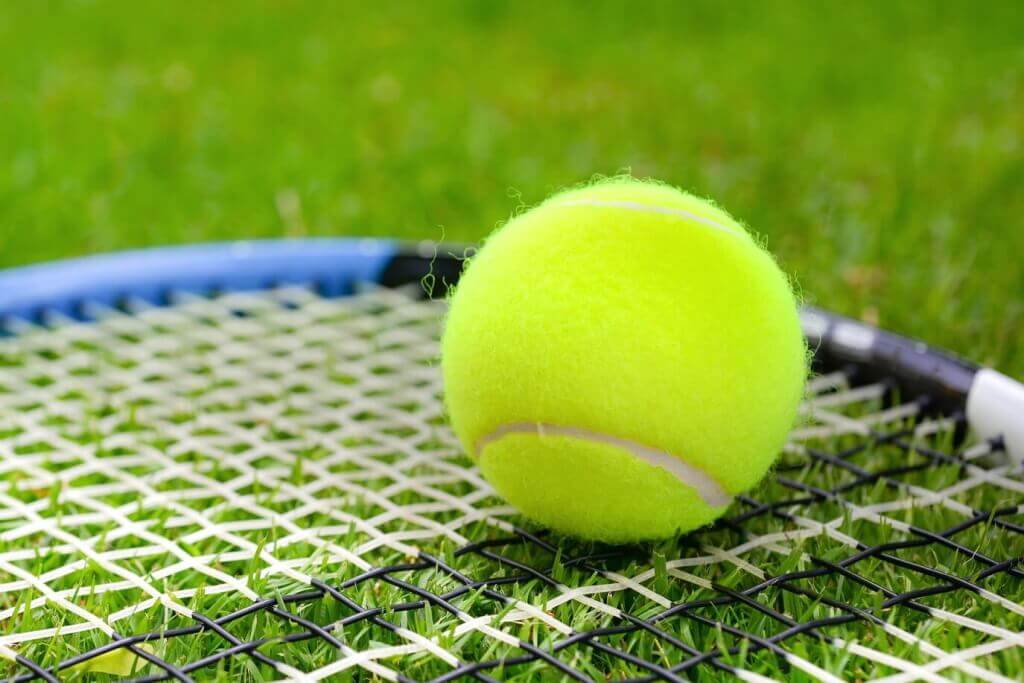If you ever played tennis, you probably took notice of something. That the tennis balls are actually fuzzy. But did you ever ask yourself why are tennis balls fuzzy? If you’re looking for the answers, we have them. To find out why these yellow balls have fuzz, keep reading this article.
Aerodynamics
The yellow fuzz which you can see on a tennis ball is usually known as the nap. Tennis originated sometime around the 12th century. Back then, the ball was woolen strips rolled into a tight ball. But that was not all. Even as back as the 12th century, people knew a thing or two about aerodynamics and how it affected the matches.
The first-ever tennis balls got covered with leather or cloth to prevent them from flying haphazardly when they got knocked. But since then, tennis balls have changed. Today, tennis balls come with pressurized air inside to give the bounce and comes covered in fuzz. This is to improve how it travels mid-air. The fuzz on the ball controls the speed and the spin.
Improved Experience
The nap, which is the fuzzy outer covering, is the most important and the most expensive component of the tennis ball. Without this covering, which is made of fibers like cotton, wool, and nylon, tennis balls will become uncontrollable on the court. To improve the experience for players, naps are used to cover tennis balls.
If you notice and observe, professional players will always bounce a few balls before they serve. Why do they do this? Well, the answer is quite simple. They do this to see which ball has the best fuzz and the ball where the fuzz is in good condition. Many people think it’s a good luck charm, but that is false. A tennis ball with a good fuzz will greatly improve the playing experience by making the ball more controllable.
Safety Reasons
By now, you know that the nap of the tennis ball helps control the speed. But how? When the tennis balls travel through the air, the nap acts as a layer that provides friction. This slows down the speed of the ball to some extent. If tennis balls did not come with these fuzzy materials, the ball will just speed up when it’s traveling, which can prove to be quite risky.
The nap actually reduced the speed by one-third. So, this makes tennis matches safer and more practical. It is also because of the fuzz that the ball does not go out of the court lines very often unless you make a reckless shot. When speed is in your hands to control, the game becomes safer and more convenient to play as well.
Gives a Spin
Among the list of many reasons why tennis balls have fuzz, one of the reasons is to give the ball a spin. When a tennis ball is traveling, there are two types of pressure acting on it. One from the front and the other from the back. When this happens, the ball experiences a spin. A ball can spin clockwise or anti-clockwise.
So, why is a spin important, you ask? Different players make use of this spin to their advantage. With the correct backhand or forehand shots along with the preferred spin, you can make your opponents dash from one corner to the other, essentially tiring them out and giving you better chances of winning.
To Make Viewing Convenient
We’ve been talking a lot about how the fuzz is important for the players. But, it is equally important for the spectators as well. You must have noticed how the fuzz material is always a light color, usually yellow. This is so that people watching the match live or from the television do not have to put in extra effort to see the ball moving in the court.
Scientific data backs this up. Yellow and green are colors that the human eye can easily detect and spot without any assistance. The tennis balls are therefore greenish-yellow in color. Moreover, the ball moves fast, so any other darker colors will make the viewing experience a bad one. The fact that the fuzz is yellow allows people to easily see the ball moving.







